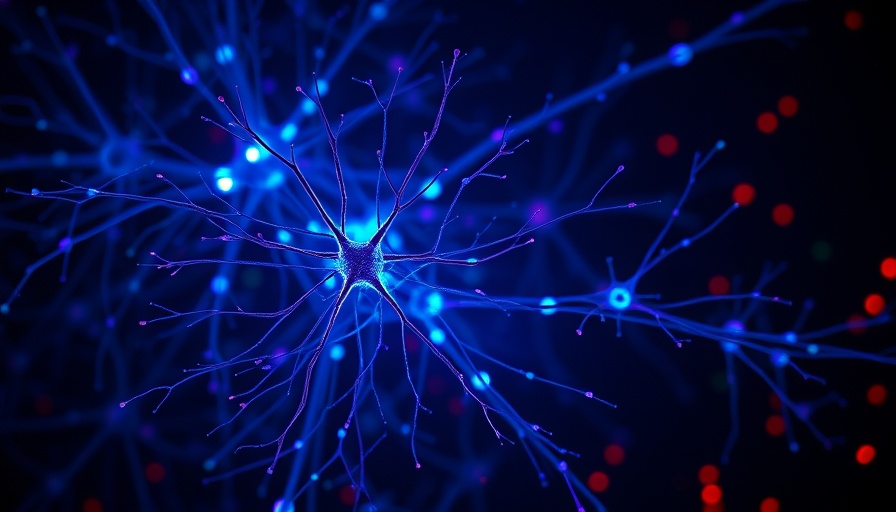
Understanding Neuron Relationships: A Simplifying Journey
The world inside our brains is both fascinating and complex. For developing neurons, akin to explorers in a dense forest, the search for the right connections can be overwhelming. Each neuron sends out axons, akin to vines, in search of the perfect dendritic partner to create synapses. Imagine trying to find a needle in a haystack, but instead, there are thousands of needles—this is the challenge neurons face.
Streamlining Synaptic Searches: The Role of Surface Interaction
Researchers have discovered that during the development of the Drosophila (fruit fly) brain, a remarkable strategy allows these neurons to streamline their synaptic searches. Rather than scouring the entire three-dimensional structure of the brain, axons can limit their search to a two-dimensional surface area of the brain's antennal lobe. This transformation from a 3D to a 1D search significantly simplifies the quest for the right synaptic partner. Instead of combing through every potential connection, they can focus on a specific pathway where their respective dendrites are waiting.
The Science Behind Neurons' Efficient Partnerships
This research, spearheaded by professors Liqun Luo and Claude Desplan, reveals how olfactory receptor neurons navigate a sea of potential dendritic partners. Within the antennal lobe, each type of olfactory receptor neuron forms distinct synaptic connections with counterpart neurons, creating what scientists refer to as glomeruli—small, organized structures that act like clusters of connection points.
To visualize this, picture the surface of a lobe where different axons ride along, effortlessly meeting their dendritic companions without diving deep into the tangled structures beneath the surface. The axons incorporate a genetically determined trajectory that keeps them on the right path—an essential factor for successful synapse formation.
The Implications of Dimensionality Reduction
This discovery not only enhances our understanding of neuron relationships but also introduces a concept known as “dimensionality reduction.” By focusing on their surface environment and sticking to predetermined pathways, axons dramatically reduce complexity. This principle has led researchers to consider its application in rewiring neural circuits, aiding in potential neurodevelopmental research and treatments.
If we can leverage this understanding to manipulate how connections are formed, it opens new doors in neuroscience, particularly in repairing brain injuries or addressing neurodevelopmental disorders.
Learning from Nature: Applying Biological Principles to Technology
The study also illustrates how biological principles mimic problem-solving strategies in engineering and technology. Researchers are keen to explore how nature’s solutions can inspire new designs in neural networks or automation systems, leading to increased efficiency and adaptability in both biological and artificial systems.
Looking to the Future: New Horizons in Neuroscience
As studies like these progress, the future of neuroscience could greatly benefit from understanding how neurons establish their connections. What implications could this have for human health? For generations, scientific inquiry continues to unveil the intricacies of the brain. This research not only emphasizes the brain's ability to adapt and connect, but it also provides a roadmap for future endeavors, signaling possible treatments for neurodegenerative diseases such as Alzheimer’s or Parkinson’s.
Conclusion: The Importance of Synaptic Partnerships
In a world where the quest for perfect partners can often lead to frustration and confusion, the strategies developed by neurons underline the elegance of nature’s problem-solving capabilities. The methods by which axons and dendrites find each other teach us valuable lessons in simplification and efficiency.
As these findings emerge, they remind us of the importance of partnerships—whether it be in the microcosm of neurons or our lives at large. If we can learn to apply these lessons, both in biology and our everyday interactions, we could foster better relationships and connections in our own journeys.
Keep an eye on ongoing research as scientists strive to decode more of the mystery surrounding our neurons. This could be just the beginning of a transformative scientific journey that shapes our understanding of health and relationships.
 Add Row
Add Row 

 Add
Add 


Write A Comment